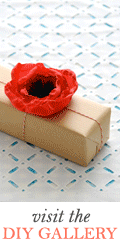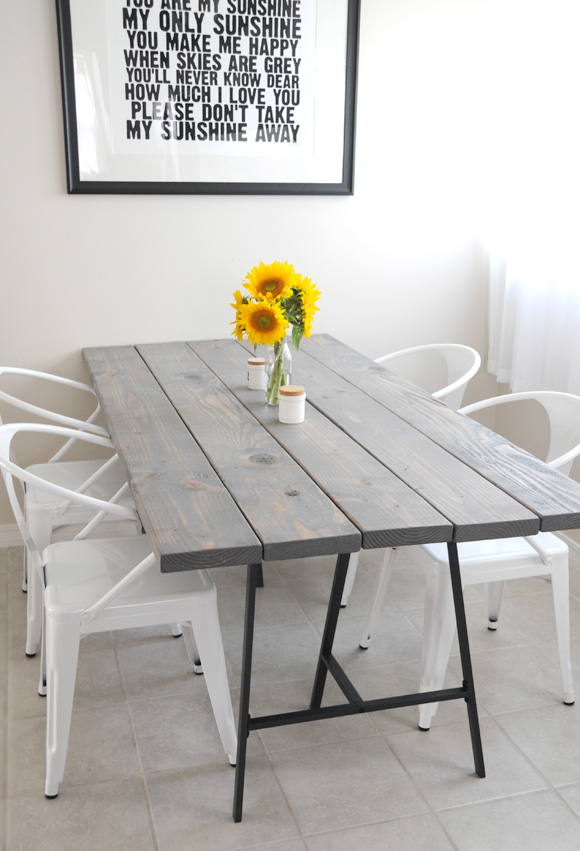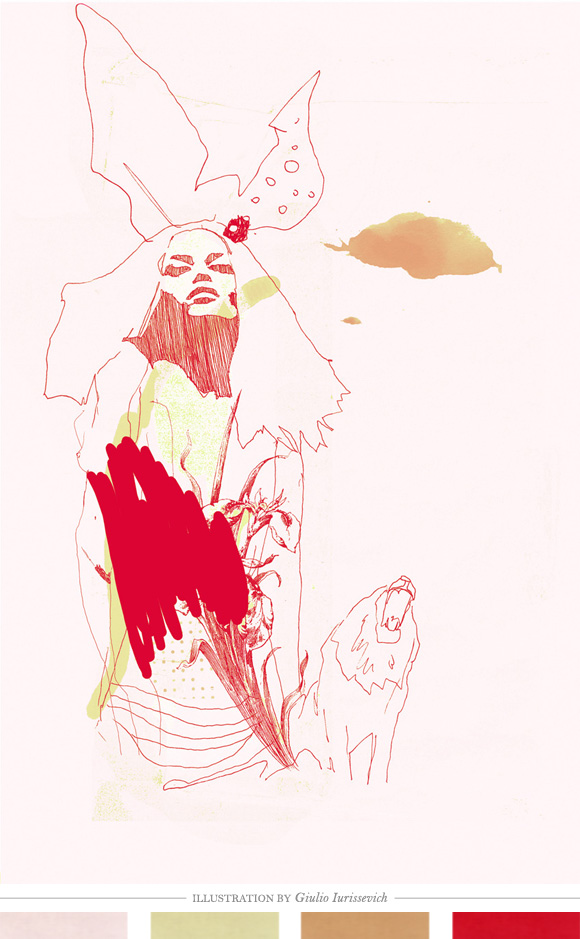
I have two friends with new babies and a sister who is expecting, so instead of scour the interwebs and stores for gifts that may or may not be exactly what I would want to give (and would probably cost more than I want to spend), I decided that I'd make their gifts myself. I've actually had this project idea up on my DIY idea wall for half a year, so I was thrilled to actually find the time to try it out. It ended up being so fun and easy to make that it seems only fair that I share a tutorial with you all so you have a sweet DIY gift in your arsenal next time you have a special baby to spoil.
Psst...You can make at least three different mobiles with just the one package of clay. Personalized handmade gifts for less than $3 a piece = Awesome!


- Printed template (download above)
- Scissors
- Rolling pin
- Craft knife
- Gel or felt-tipped pen (a finer tipped pen will work better than one with a large tip)
- Waxed paper for freezer paper (for protecting your work surface)
- Premier Stone Clay - available at craft stores such as Michael's or online
- Air-tight container or sealable plastic bag (for clay storage)
- Small glass of water (optional)
- Scrap paper

For finishing you will also need:

Cut out your paper templates along the outside of the grey border.

Cover a smooth hard working area with a piece of wax or freezer paper (freezer paper, waxed side up works the best). Use your rolling pin to flatten your clay into an area that will fit at least one of your template shapes. The finished piece should be rolled to about 1/4 inch thick.

Place a template onto the prepped clay and use the tip of your craft knife to carefully trace around the outside of the design. You don't need to worry about cutting all the way through the clay the first time around. Once you've traced the design, use your craft knife to cut off the excess clay. Be sure to store all extra clay inside an airtight container while working so that it doesn't dry out.

Helpful bear-cutting tip: I found that it is easiest to cut the bear out by making as many straight cuts as possible. You can then round off the proper edges once you've removed the template.

Your cut out pieces might look a little bit jagged. No need to worry! Smooth out the edges by dipping your fingertip into water and gently rubbing along all the outside edges (you can smooth the surface as well if you'd like).

Once you've cut and smoothed out all your pieces, arrange them on top of your waxed paper in the order that you would like to hang them in. You can use the same layout that I used, or create your own arrangement.
Use a wooden skewer to pierce a hole into each piece where you will need to attach your twine for hanging. This hole will give you a place to glue your twine into later on, so be sure that you don't skip this step.
The hole-piercing configuration I used was: Bear: 2 holes - One at the top center, and one at the bottom center | Cloud: 4 holes - One at the top center, three spaced along the bottom edge | Raindrops: 1 hole - At the top of each droplet.

Now the hardest part...waiting for the pieces to dry. Start by allowing the clay to dry on a flat surface (I suggest using your waxed paper) and then after an hour or so, prop the pieces up against something to allow air to circulate around them. For best results, allow everything to dry for at least 12-24 hours or until completely dry to the touch.


Woohoo! They're dry! Now you get to add character to your mobile! Use a pen to create a design inside your clay pieces. For this project I wanted to keep it super simple, but you can be as creative as you'd like.

You can even fill in your shapes with colored pencils (or acrylic paint) if you'd like!

I decided to just use pen on mine. Make sure to create a design on both sides if you want the finished project to be used as a hanging mobile (that way there is always something sweet showing).

You can also include a child's name or a sweet greeting (i.e. "Welcome") on the cloud.
Tip: If your pen is drying out while you are working, you can fix the problem by scribbling a bit on a piece of scrap paper.

Arrange your pieces again how you'd like them to be while hanging. Now it's time to prep the twine. First create a loop for hanging the mobile. Make sure your knot is not too bulky.
You can determine the length of twine needed for each section by measuring it up against the arranged mobile. Now create the twine pieces for each hanging section by knotting both ends of each twine portion.

Place the completed twine portions down into the right spaces as you work.

Plug your glue gun in or get out your Elmer's Paper Craft Gel Glue (this particular glue adheres to the clay very well and dries fairly quickly). Place a small dab of glue on one of the holes in your piece. Use your wooden skewer to push one knotted end of your twine into the hole with the glue. Repeat this process until you've attached your entire mobile together. It is best to leave the mobile laying down on your working surface while you are working so that the glue sets properly.

Bonus idea: It also occurred to me that you could make some pretty adorable Holiday ornaments by just making the bear portion of this DIY!

Once the glue has dried completely your mobile is ready to be hung up or given as a gift!
A special note: Please be sure that mobiles are hung out of reach of babies and small children. This project is meant to be an art piece, not a toy...and therefore is not strong enough to withstand a little ones' attention.
Tip: I recommend making several mobiles all at once, then you can tuck the extra ones away until you're in need of another baby gift. Just fill in the details with a pen when the time is right!

 Friday, August 3, 2012
Friday, August 3, 2012 











































